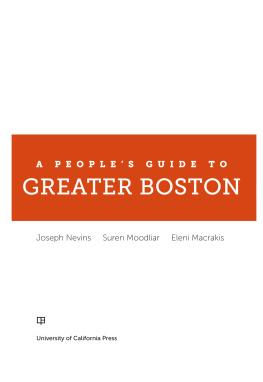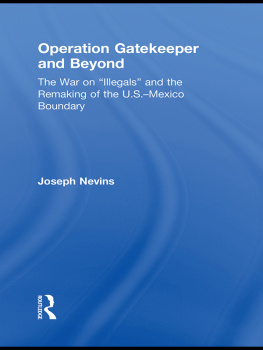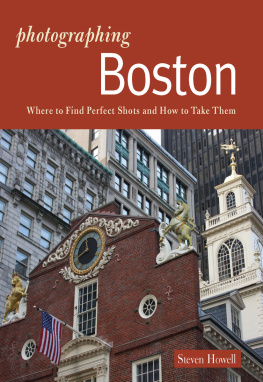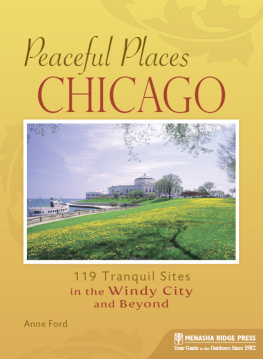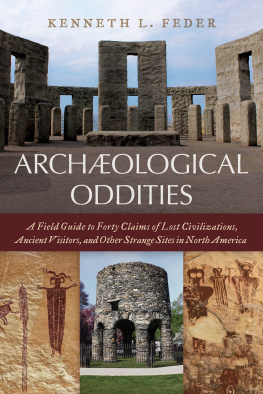A PEOPLES GUIDE TO GREATER BOSTON
UNIVERSITY OF CALIFORNIA PRESS PEOPLES GUIDES
Los Angeles
Greater Boston
Forthcoming
San Francisco Bay Area
New York City
Orange County, California
Richmond and Central Virginia
New Orleans
About the Series
Tourism is one of the largest and most profitable industries in the world today, especially for cities. Yet the vast majority of tourist guidebooks focus on the histories and sites associated with a small, elite segment of the population and encourage consumption and spectacle as the primary way to experience a place. These representations do not reflect the reality of life for most urban residentsincluding people of color, the working class and poor, immigrants, indigenous people, and LGBTQ communitiesnor are they embedded within a systematic analysis of power, privilege, and exploitation. The Peoples Guide series was born from the conviction that we need a different kind of guidebook: one that explains power relations in a way everyone can understand, and that shares stories of struggle and resistance to inspire and educate activists, students, and critical thinkers.
Guidebooks in the series uncover the rich and vibrant stories of political struggle, oppression, and resistance in the everyday landscapes of metropolitan regions. They reveal an alternative view of urban life and history by flipping the script of the conventional tourist guidebook. These books not only tell histories from the bottom up, but also show how all landscapes and places are the product of struggle. Each book features a range of sites where the powerful have dominated and exploited other people and resources, as well as places where ordinary people have fought back in order to create a more just world. Each book also includes carefully curated thematic tours through which readers can explore specific urban processes and their relation to metropolitan geographies in greater detail. The photographs model how to read space, place, and landscape critically, while the maps, nearby sites of interest, and additional learning resources create a resource that is highly usable. By mobilizing the conventional format of the tourist guidebook in these strategic ways, books in the series aim to cultivate stronger public understandings of how power operates spatially.

A PEOPLES GUIDE TO GREATER BOSTON
Joseph Nevins Suren Moodliar Eleni Macrakis

University of California Press
University of California Press
Oakland, California
2020 by Joseph Nevins, Suren Moodliar, and Eleni Macrakis
The Peoples Guides are written in the spirit of discovery and we hope they will take readers to a wider range of places across cities. Readers are cautioned to explore and travel at their own risk and obey all local laws. The author and publisher assume no responsibility or liability with respect to personal injury, property damage, loss of time or money, or other loss or damage allegedly caused directly or indirectly from any information or suggestions contained in this book.
Library of Congress Cataloging-in-Publication Data
Names: Nevins, Joseph, author. | Moodliar, Suren, 1962 author. | Macrakis, Eleni, 1991 author.
Title: A peoples guide to Greater Boston / Joseph Nevins, Suren Moodliar, Eleni Macrakis.
Description: Oakland, California : University of California Press, [2020] | Includes bibliographical references and index.
Identifiers: LCCN 2019025420 (print) | LCCN 2019025421 (ebook) | ISBN 9780520294523 (cloth) | ISBN 9780520967571 (ebook)
Subjects: LCSH : Boston Region (Mass.)Guidebooks. | Boston Region (Mass.)Description and travel.
Classification: LCC F 73.18.N48 2020 (print) | LCC F 73.18 (ebook) | DDC 917.44/6104dc23
LC record available at https://lccn.loc.gov/2019025420
LC ebook record available at https://lccn.loc.gov/2019025421
Designer and compositor: Nicole Hayward
Text: 10/14.5 Dante
Display: Museo Sans and Museo Slab
Prepress: Embassy Graphics
Indexer: Jim OBrien
Cartographer: Neil Horsky
Printer and binder: Imago
Printed in Malaysia
29282726252423222120
10987654321
Contents
|
|
|
Maps
Introduction: Unsettling Greater Boston
Boston, like any particular place, is many things. Among those who have celebrated it, or do so now, it is that City on the Hilla biblical phrase used by the Massachusetts Bay Colonys first governor to highlight the dangers of failurebut now (mis)understood to suggest the promise of great things to come. In addition, as the physician and poet Oliver Wendell Holmes once baptized the city, it is the Hub (of the universe), the center of the world. Moreover, its the Athens of America due to Bostons preeminent place in the intellectual and cultural life of the United States, and its leading role in the establishment of educational institutionsfrom public schools to elite universities. And it is the Cradle of Liberty (a title claimed by others, not least Philadelphia) for helping to birth and nurture the American Revolution and subsequent freedom struggles.
But Boston is also a colonial enterpriseand has been since its very foundingone with two faces. First, it is a colony in the most literal sense of the word: a place where people from elsewhere have settled. Indeed, its very name comes from a town in England from where a number of the original Puritan settlers came in the early 1600s. When one speaks of colonial Boston, it is this first face that is typically intended. It is one, particularly in its earliest manifestations, that embodies a colonys most unjust form: one involving a relationship of domination (by a mother country) and subjugation (of the colonized land and people). Its second face reflects the fact that Boston has also long been a place involved in the colonization of places and peoples. One manifestation is the areas dispossession of the non-European, indigenous inhabitants and the absorption of the Native lands upon which the city and its environs now sit.
Prior to European contact, many Native groupsfrom the Massachusett and Nipmuc to the Pennacook and the Wampanoagpopulated the area. Moreover, there were points during the first several decades of European settlement when relations between settlers and Indians were constructive and respectfuleven if often only superficially soor when dissenting colonists challenged war-making against Indian groups. The potential of these relations was significantly limited, however, by a larger context: the questat best, paternalisticto civilize the indigenous population. Such efforts were thus part of a project to kill the Indian, and save the man, as Richard Henry Pratt, a US Army officer credited with establishing the first Indian boarding school, phrased it in an 1892 speech. These civilizing endeavors are inseparable from the many episodes and various forms of overt violence against Native peoples.
These speak to another project, one that saw Indians and their claims to the land as obstacles to the colonial enterprise, and that thus focused not on saving Indians, but instead on removing them. It was a project facilitated not only by direct violenceviolence intensified by rivalries involving competing European projects in North America and shifting alliances among Native groupsbut also by a combination of economic, ecological, and epidemiological forces that led to drastic reductions in Native numbers and far-reaching changes in how they lived. Even before English colonists settled what is today eastern Massachusetts, pathogens introduced by European traders had wreaked havoc on many Indian groups. Between 1616 and 1618, for example, an epidemic or a series of them killed upward of 75 percent of southern New Englands coastal Algonquian population, according to one estimate.

